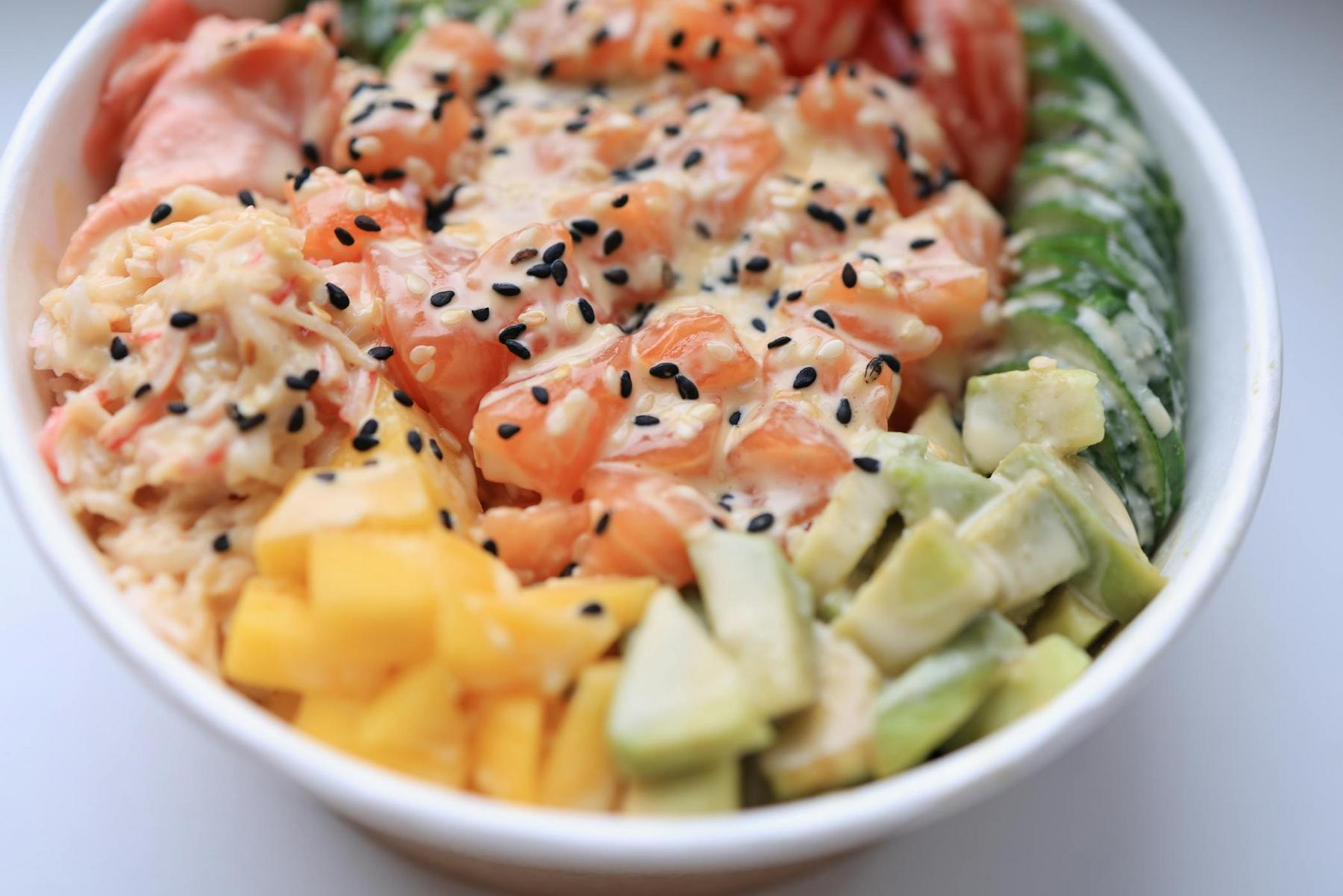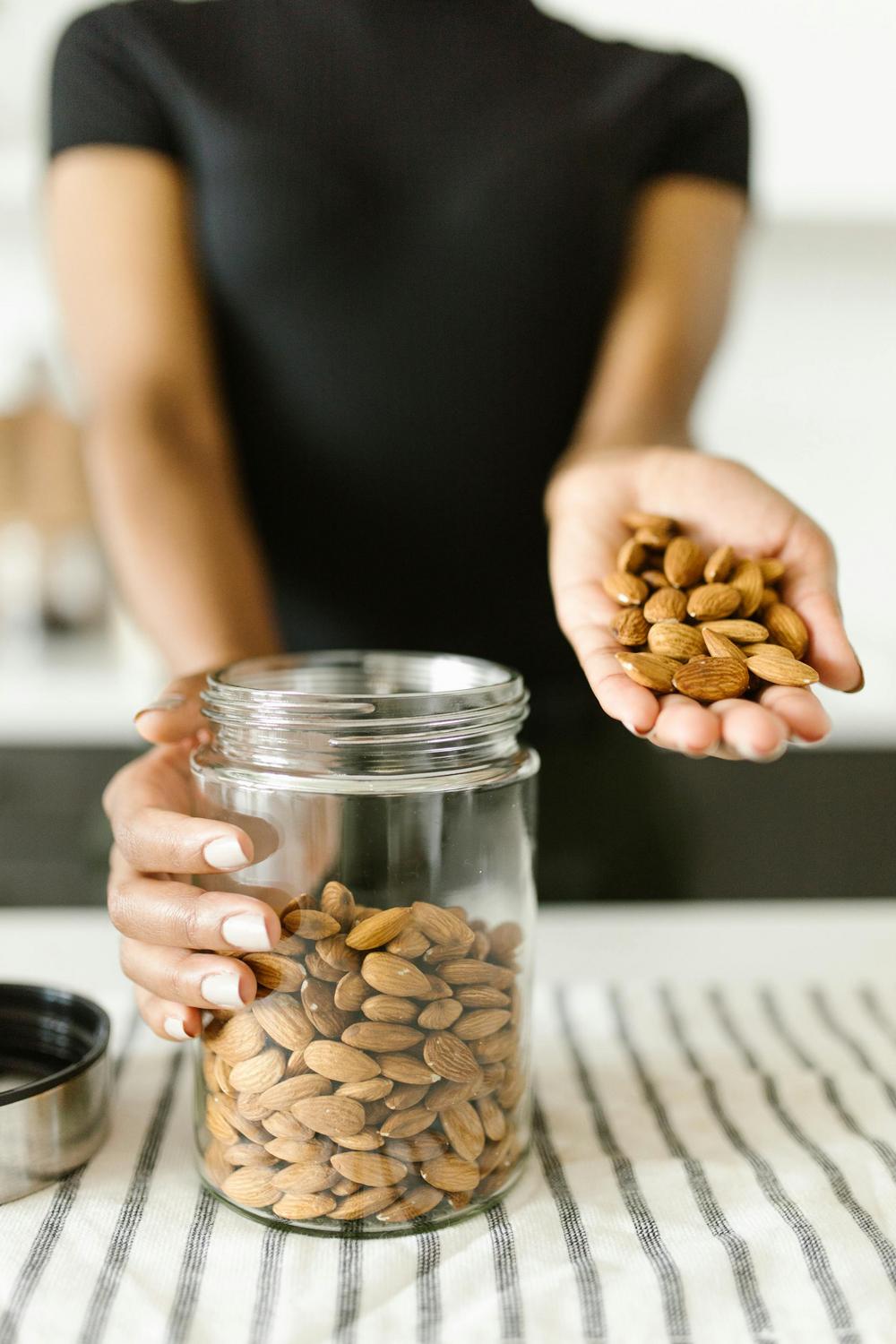In Australia, the average adult consumes approximately 60 grams of free sugars daily—significantly exceeding the World Health Organization’s recommended limit of 50 grams. This disconnect between what we crave and what our bodies need creates a challenging dilemma. Our natural preference for sweetness, deeply rooted in evolutionary biology, now exists in a food environment where sugar is abundant, accessible, and often hidden in processed products. The result? Rising rates of obesity, dental issues, and metabolic disorders affecting millions of Australians.
Yet, completely eliminating sweets isn’t realistic or necessary for most people. The key lies in finding that elusive balance—satisfying those hardwired cravings without compromising long-term health goals. This article explores evidence-based approaches to managing your relationship with sweet foods, drawing on current nutritional science, behavioural psychology, and modern healthcare innovations to help you navigate this common challenge.
Why Do We Crave Sweet Foods So Intensely?
The human attraction to sweetness isn’t a character flaw—it’s biology. Our brains are programmed to seek out sweet tastes because, evolutionarily speaking, sweetness signaled energy-dense foods that could sustain us during food scarcity. Modern neuroimaging studies reveal that sugar activates the brain’s reward centre, triggering dopamine release comparable to what occurs with addictive substances.
This neurochemical response creates cyclical cravings, particularly when sugar is combined with fat in processed foods. The Australian Health Survey indicates that 64% of our added sugar consumption comes from discretionary foods like confectionery and sugar-sweetened beverages—foods that provide immediate pleasure but limited nutritional value.
These biological drivers explain why willpower alone often fails as a sugar-reduction strategy. Our cravings operate on a neurological level that can override rational decision-making, especially during times of stress, fatigue, or emotional vulnerability. Understanding this biological reality is the first step toward developing more effective approaches to managing sweet cravings.
How Does Excessive Sugar Consumption Impact Our Health?
The health consequences of high sugar consumption extend far beyond dental issues, affecting virtually every system in the body:
Metabolic Health
Frequent consumption of refined sugars leads to blood glucose spikes followed by insulin surges. Over time, this pattern can contribute to insulin resistance—a precursor to type 2 diabetes. Research demonstrates that consuming just 40 grams of fructose daily increases hepatic fat accumulation by 38% within nine days, even in otherwise healthy individuals.
Dental Health
Sugar metabolism by oral bacteria produces acids that erode tooth enamel when pH levels drop below 5.5. Sticky confectionery is particularly problematic, increasing caries risk by 3.2-fold compared to liquid sugars. This damage accumulates over time, leading to cavities, sensitivity, and potentially tooth loss.
Weight Management Challenges
High sugar intake contributes to caloric excess while providing minimal satiety, creating a perfect storm for weight gain. Sugar-sweetened beverages are particularly problematic because liquid calories don’t trigger the same fullness signals as solid foods, making it easier to consume large amounts without feeling satisfied.
Inflammation and Chronic Disease Risk
Emerging research links high sugar consumption with increased systemic inflammation—a common denominator in many chronic diseases. This inflammatory response may contribute to the development of cardiovascular disease, certain cancers, and neurodegenerative conditions.
What Practical Strategies Can Help Balance Sugar Consumption?
Rather than attempting to eliminate sugar entirely, these evidence-based approaches can help create a sustainable balance:
1. Macronutrient Balancing
Structuring meals with appropriate proportions of protein, complex carbohydrates, and healthy fats stabilizes blood glucose and reduces cravings. The ideal plate includes:
- 50% non-starchy vegetables and fruits
- 25% lean proteins
- 25% whole grains or starchy vegetables
This balanced approach reduces postprandial ghrelin (hunger hormone) levels by 34% compared to carbohydrate-heavy meals, curtailing sugar cravings within 3 hours of eating. For example, pairing protein sources like chicken breast with complex carbohydrates like quinoa and fibrous vegetables slows glucose absorption, preventing the insulin spikes that drive snack-seeking behaviour.
2. Structured Indulgence Frameworks
Rather than viewing sweets as forbidden, healthcare professionals increasingly recommend planned indulgences. The 80/20 approach—eating nutrient-dense foods 80% of the time while allowing for treats 20% of the time—has shown remarkable success. Research indicates that participants who include controlled sweet treats maintain weight loss 23% more effectively than those following strictly restrictive diets.
Practical implementation might involve designating 2-3 weekly “sweet slots” for 150-calorie portions of dark chocolate or fruit-based desserts. This creates psychological satisfaction without glycemic overload.
3. Strategic Timing of Sweet Consumption
When you consume sweets matters almost as much as what you consume. Consider these timing strategies:
- Eat sweets immediately after meals rather than as standalone snacks. This leverages existing saliva production to mitigate acid attacks on teeth, reducing enamel erosion by up to 27%.
- Consider condensing eating occasions into a defined window (e.g., 8-10 hours daily) to improve metabolic function and decrease spontaneous sugar cravings by stabilizing hunger hormones.
Which Alternatives to Refined Sugar Offer Better Health Profiles?
The sweetener landscape has expanded significantly, offering numerous options beyond traditional table sugar:
| Sweetener Type | Calories | Glycemic Impact | Special Properties | Best Uses |
|---|---|---|---|---|
| Stevia Leaf Extract | 0 | None | May improve insulin sensitivity | Beverages, no-bake recipes |
| Monk Fruit Extract | 0 | None | Contains anti-inflammatory compounds | Tea, coffee, smoothies |
| Erythritol | 0.2 calories/g | Minimal | Tooth-friendly, doesn’t feed oral bacteria | Baking (similar to sugar) |
| Xylitol | 2.4 calories/g | Low | Prebiotic properties, supports oral health | Chewing gum, mints, baking |
| Date Syrup | 78 calories/tbsp | Medium (GI 47) | Contains potassium, magnesium, antioxidants | Baking, oatmeal, yogurt |
| Coconut Sugar | 45 calories/tbsp | Medium (GI 54) | Contains small amounts of minerals | 1:1 sugar substitute in recipes |
Natural Non-Nutritive Sweeteners
Stevia provides sweetness 300 times greater than sucrose without calories or glycemic impact. Its bioactive compounds may even improve insulin sensitivity, with trials showing 18% lower postprandial glucose in people with diabetes. Similarly, monk fruit extract contains compounds called mogrosides that exhibit anti-inflammatory properties while providing intense sweetness.
Sugar Alcohols and Their Benefits
Erythritol and xylitol provide sweetness with minimal calories and glycemic impact. Importantly, these compounds resist fermentation by oral bacteria, reducing cavity risk. Xylitol even demonstrates prebiotic effects, enhancing beneficial gut bacteria growth. However, consuming more than 30 grams daily may cause gastrointestinal discomfort, so moderation remains important.
Functional Natural Sweeteners
Unrefined sweeteners like date syrup and panela sugar retain some nutritional benefits missing from highly processed sugars. Date syrup provides potassium and magnesium along with a lower glycemic index (47 compared to sucrose’s 65), making it a preferable option for those monitoring blood glucose responses.
How Can Modern Healthcare Approaches Support Better Eating Habits?
The integration of technology and healthcare is creating powerful new tools for managing dietary patterns:
Telehealth Nutritional Support
Digital healthcare platforms now offer personalized nutritional guidance without requiring in-person visits. Weekly video consultations with dietitians improve adherence to low-sugar diets by 41% compared to self-guided efforts. When combined with continuous glucose monitoring data, these interventions can reduce sugary snack consumption by 2.3 episodes per day by identifying personal glucose triggers.
Digital Tools for Habit Formation
Mobile applications employing cognitive behavioural therapy techniques help users identify emotional eating triggers, decreasing stress-induced sugar consumption by 34%. These tools create accountability, track progress, and provide timely interventions when cravings strike.
Integrated Medical-Nutritional Approaches
For those with significant weight-related health concerns, comprehensive telehealth programs that combine medical supervision with nutritional guidance show remarkable effectiveness. These integrated approaches emphasize balanced eating patterns that satisfy sweet cravings appropriately while supporting broader health goals.
How Can We Develop Sustainable Approaches to Enjoying Sweets?
Creating lasting change requires addressing both psychological and environmental factors:
Mindful Consumption Practices
Mindfulness-based eating programs train individuals to truly savour treats without guilt, reducing binge episodes by up to 50%. Key techniques include:
- Sensory focus: Taking time to notice and appreciate flavour nuances, texture, and aroma
- Portion ritualization: Serving treats on special plates or in particular settings to enhance satisfaction and perception of specialness
- Pre-planning: Deciding in advance what and when you’ll enjoy sweet foods, removing impulsivity from the equation
Environmental Modifications
Simple changes to your food environment can dramatically impact consumption patterns. Households storing sweets in opaque, hard-to-reach containers consume 37% less sugar than those using transparent, easily accessible storage. Similarly, pre-portioning treats rather than eating from packages reduces overall consumption.
Building Sustainable Habits
Rather than viewing sugar reduction as temporary deprivation, focus on building lasting habits that satisfy both physiological needs and psychological desires. The 80/20 approach mentioned earlier creates space for enjoyment while maintaining an overall nutrient-dense diet.
Finding Your Personal Sweet Spot
The ideal approach to managing sugar intake varies based on individual health status, preferences, and goals. Some people thrive with occasional planned indulgences, while others do better with daily small treats. The keys to success include:
- Understanding your personal triggers for sweet cravings
- Developing strategies that work within your lifestyle and preferences
- Creating a supportive environment that makes balanced choices easier
- Using technology and healthcare resources when additional support is needed
By implementing these evidence-based strategies, you can satisfy your sweet tooth while supporting long-term health goals. The focus shifts from restriction and willpower to balance and sustainability—creating a relationship with sweet foods that enhances rather than compromises wellbeing.
How much sugar can I safely consume each day?
The World Health Organization recommends limiting free sugar intake to less than 10% of total energy intake, ideally below 5%, which translates to approximately 25-50 grams daily. However, individual needs vary based on activity level, metabolic health, and overall dietary patterns.
Are natural sugars like honey and maple syrup healthier than table sugar?
Natural sweeteners such as honey and maple syrup do provide small amounts of minerals and antioxidants, but they impact blood glucose levels similarly to refined sugar. They can be a flavorful alternative, but should still be consumed mindfully.
Can artificial sweeteners help with weight management?
Non-nutritive sweeteners may help reduce caloric intake when used as substitutes for sugar in beverages and foods, but research on their long-term effectiveness for weight management is mixed. Moderation and variety remain important.
How can I reduce sugar cravings naturally?
Effective strategies include ensuring adequate protein intake, maintaining consistent meal timings, getting sufficient sleep, managing stress through physical activity and mindfulness, staying properly hydrated, and gradually reducing sugar intake to allow taste preferences to adjust.
What role can medical weight management play in addressing sugar-related health issues?
Medical weight management programs provide structured support that combines nutritional guidance, behavioral strategies, and in some cases, medical interventions, addressing not just symptoms but the underlying causes of excessive sugar consumption.



